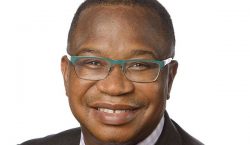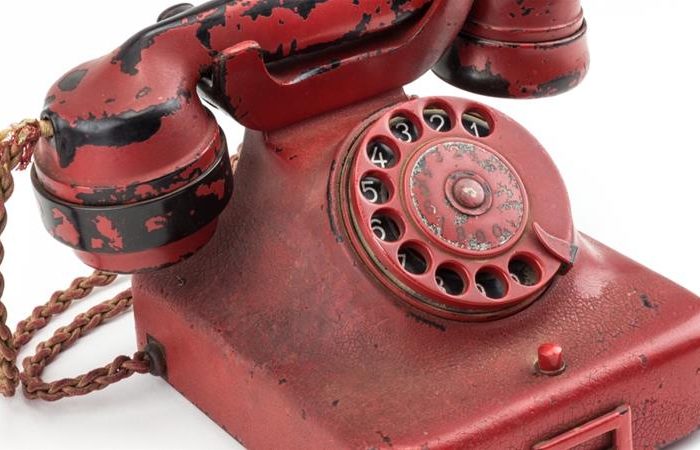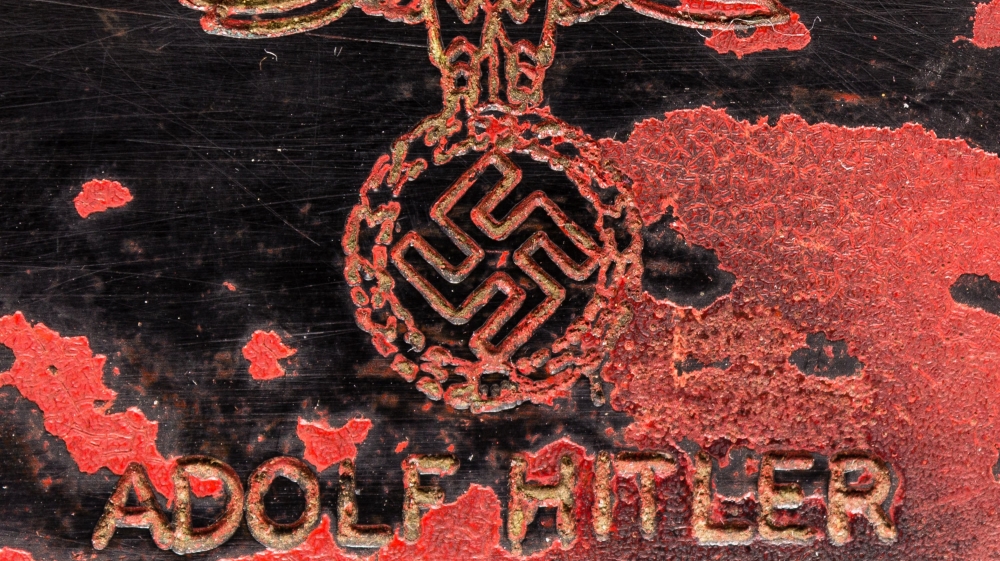


![The telephone that Hitler used in the last days of World War II in his Berlin bunker [EPA]](https://fingaz.wpengine.com/wp-content/uploads/2017/02/312ee245780c432480fa053caa605839_18-300x169.jpg)
The telephone that Hitler used in the last days of World War II in his Berlin bunker [EPA]
The auction house Alexander Historical Auctions, which did not reveal the winning bidder’s identity, had estimated its worth between US$200 000 and US$300 000. The starting bid for the auction on Sunday was set at US$100 000.
The Maryland company auctioned off more than 1 000 items including the phone and a porcelain sculpture of an Alsatian dog for US$24 300.
Both winners bid by telephone.
READ MORE: Hitler’s manifesto ‘Mein Kampf’ back in bookstores
More than 70 years old, the Siemens rotary telephone is embossed with a swastika and the eagle symbolic of the Third Reich.
Alexander House dubbed the phone – which Hitler received from the Wehrmacht, Nazi Germany’s armed forces – as “arguably the most destructive ‘weapon’ of all time, which sent millions to their deaths”.
It said Hitler used it to give most of his orders during the last two years of World War II.
 |
| The Siemens rotary telephone is engraved with the Fuehrer’s name and a swastika and the eagle symbol of the Third Reich [EPA] |
Russian officers gave the device to British Brigadier Sir Ralph Rayner during a tour of the bunker shortly after Germany’s surrender.
Rayner’s son, who inherited the phone, put it up for sale, its paint now peeling to reveal the original synthetic black resin surface.
Andreas Kornfeld of Alexander House told AFP news agency its estimates were based on a number of factors, including “rarity and uniqueness”.
Sorry. No data so far.

